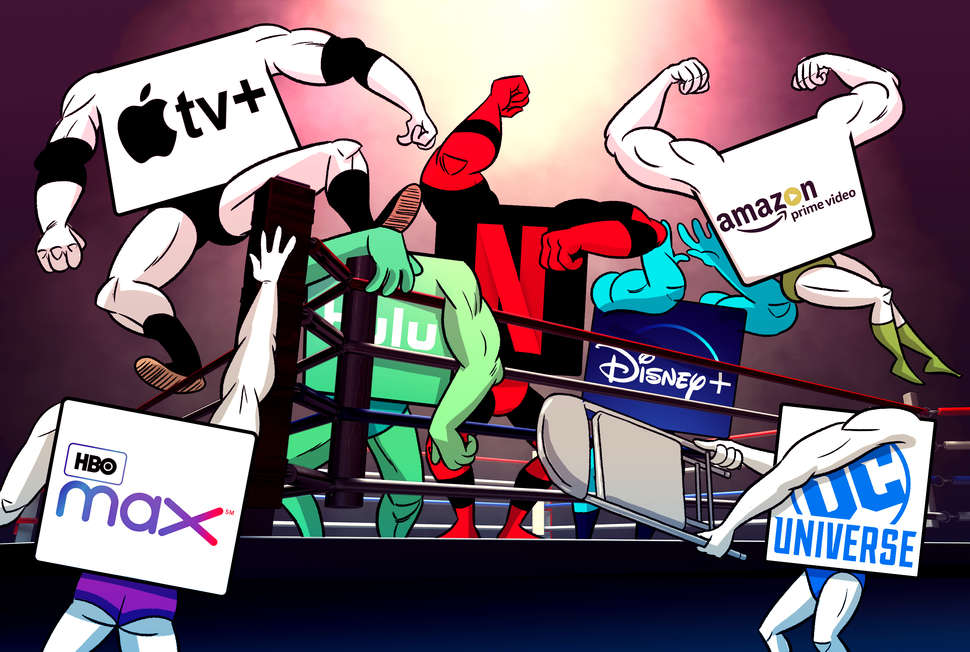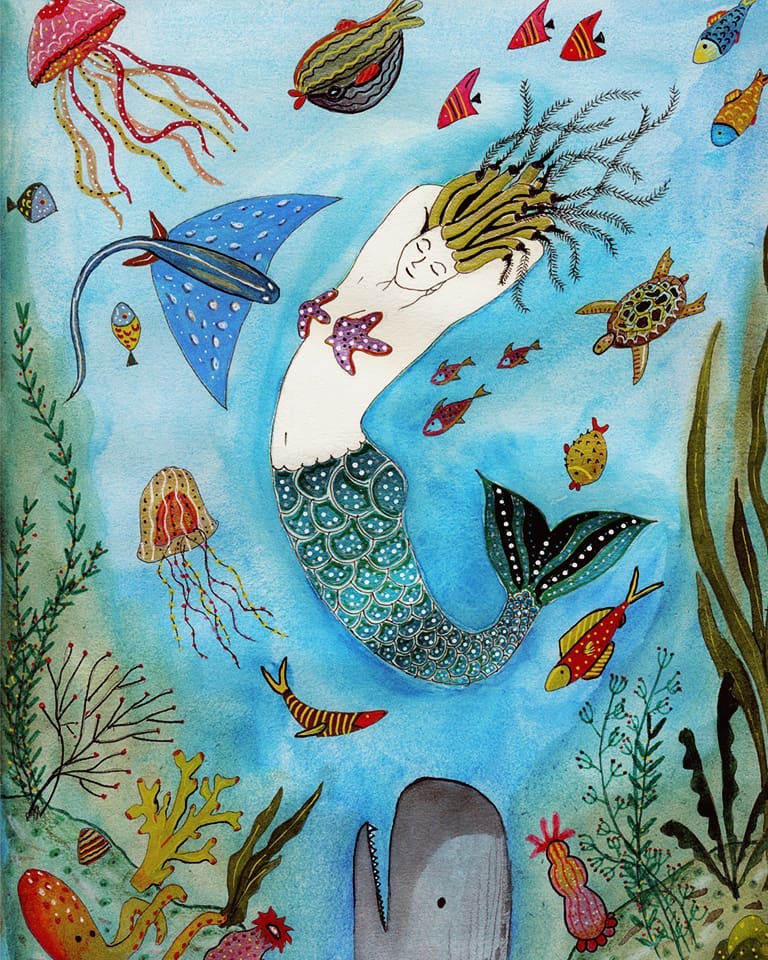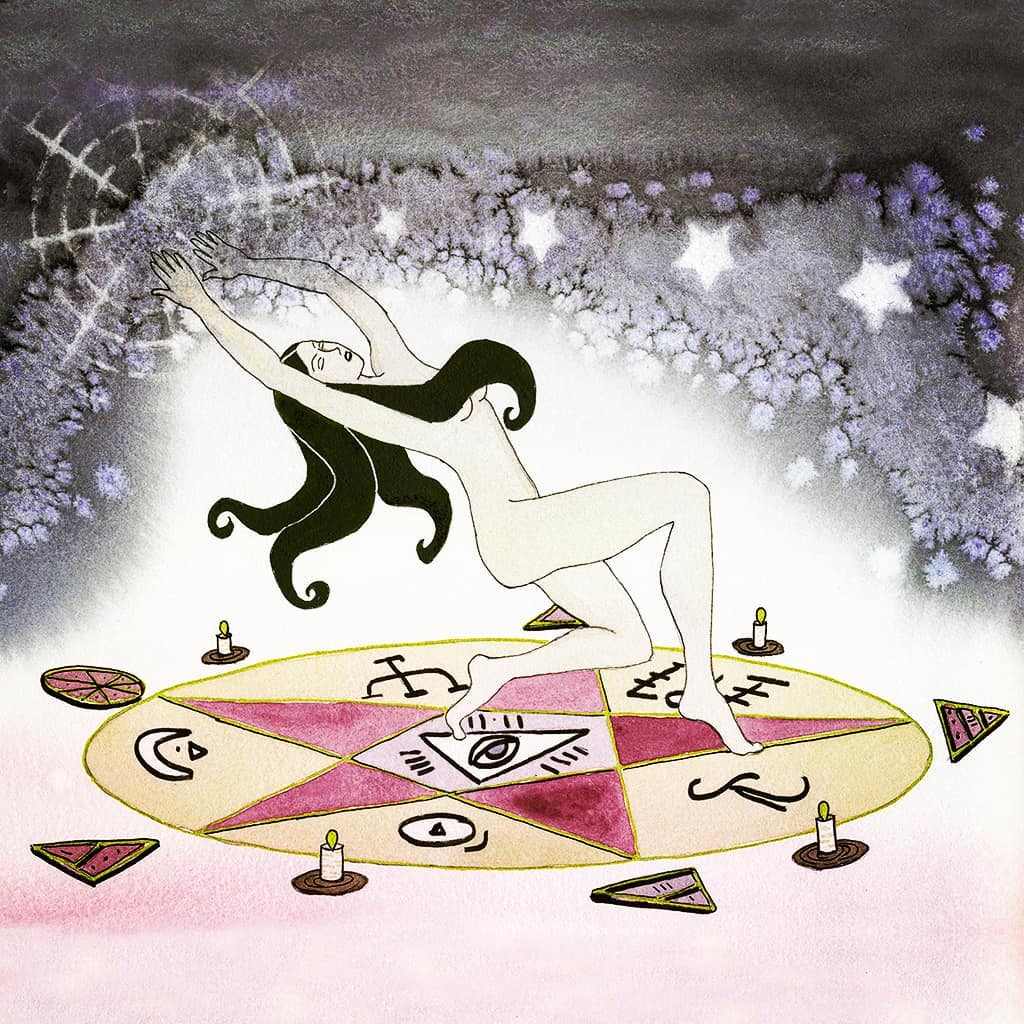Streaming Wars analysis & Predictions
Hollywood business is one of my few hobbies. I don’t mean celebrity news (which I don’t give a hoot about), but the actual business side of it. I’ve been following the streaming wars closely too, and this below is my analysis and my predictions:
– Netflix did a huge mistake for not pursuing franchises. Instead, they went for quantity, hitting as many as 450 originals in 2020 (almost as much as ALL the other US services and TV channels combined!). And most of what they released, was random garbage (quantity over quality). What sells instead, is escapism. The ability to make the viewer believe what they see is real, by using interconnected stories/characters a’la MCU. Now that they realized their mistake, they’re paying Sony $1 billion, just to get “first look” rights, and $450 million for Knives Out sequels (that number doesn’t even include the production cost of the movies, only the rights!). They’re hemorrhaging money left and right to catch up with existing Hollywood franchises, while their debt has reached $30 billion.
– Another mistake they did was to release all episodes at once. While consumers (think they) want that, it’s a really bad business decision, because it kills the hype of the show — resulting in untimely cancellation. The reason why cult TV shows were successful in the long run, like Twin Peaks, Lost, etc, is because viewers had time to process an episode, and spread it to new viewers, week after week. This was deemed “the water-cooler effect”, as employees would gather around the water-cooler in their workplace to discuss and theorize the episode they’ve just seen. This created cult status, that makes shows rewatchable in the long run. By releasing all episodes at once on Friday nights, the best Netflix can hope for are a couple of Youtube review videos by Sunday. By Monday, the hype is over. The show is gone from the collective conscious. And with it, millions of dollars down the drain.
– Having reached a ceiling of about 200 mil worldwide subscribers, Netflix will have to enter the streaming gaming market (like Google’s Stadia). A possible collaboration with Nvidia can bring them the tech required. Netflix said a couple of years ago that youngsters (8-22 yo) don’t watch TV anymore, they play games instead. That’s their main entertainment. So that’s the natural next step for Netflix: game streaming, in addition to film content.

– By 2024, we will have the first casualties in the streaming wars. My guess, these will be Peacock, and Paramount+. Apple might, or might not continue with AppleTV+, not for the lack of money, but maybe they just wouldn’t want to compete in that crowded sector anymore (as they’ve decided the same thing for many other of their products in the past too). Hulu might fold-in into the adult section of Disney+, as it already has in the international version of D+ (named “Star”). Discovery+ is a future mystery (so far they’re not doing great).
– HBOMax will continue to be middle of the pack and will probably survive. The market has space for 5 paying streaming services, no more than that.
– AVOD (streaming service that is free with ads) will become much bigger than it is now. It is possible that a lot of currently paying streaming services will turn to that instead of going bankrupt or sell out.
– Sony was the smartest of all the 6 major Hollywood studios. It’s the only one without a streaming service. They waited for the dust to settle in, and then they put their content into limited-window licensing auction. Now, they’re gaining billions on the back of Netflix, and as it was announced today, Disney.
– Amazon’s recent announcement that the first season of Lord of the Rings TV show will cost them $465 million, won’t bring them money in. That amount is astronomical for a service where subscribers don’t grow fast, and either the production studio WETA overcharged them, or Amazon really doesn’t care, and they just want to show off.
– Jason Blum, of the popular Blumhouse Productions, is a known genius of making blockbuster horror movies out of very, very low budgets. He makes the films for $2-$3 million, and sells them to big studios for distribution (he usually gets a 10x-30x return, which is unheard of in Hollywood). Well, in 2017, that guy went and knocked the doors of all big studios and told them he can make quality streaming content for $400k per episode (which is dirt cheap). The reply he got: “we don’t care about saving money”. Studios are currently in battle mode, and they don’t care how much they spend, as long as their foot stays in the race. Which will be fatal for some of them by 2024.
– Disney+ will be the only service that has a chance to touch 500 million subscribers worldwide. Then, it too will reach a ceiling. The golden era of streaming will be in the years of 2020-2030.
![]()






